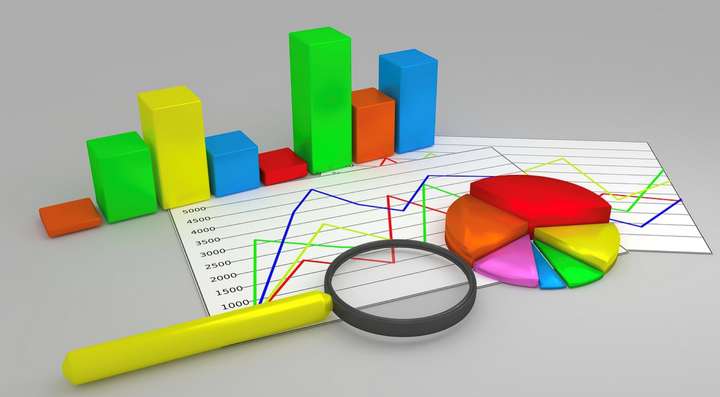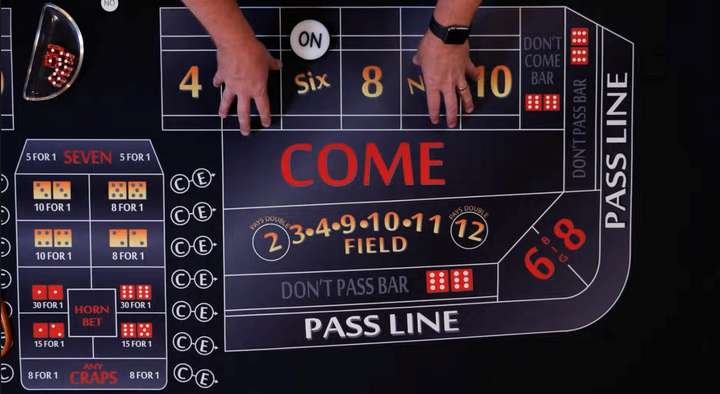Today we’re going to look at how we use mathematical modeling in trading and investing. We will consider things like the performance of stocks over time, price predictions, price performance, analyst recommendations, and technical and fundamental analysis.

Then we will consider the expectations and probabilities associated with entertainment pursuits. Which games of skill and games of chance are best suited to a tactical and strategic approach? We will consider chess, craps, blackjack, roulette, and slot machine games. Those with higher-expected RTPs (theoretical long-term return to player) are best.
It is no secret that stock prices go up and down all the time. Many people want to know how to predict these changes to make money from buying low and selling high. Unfortunately, there is no surefire way to do this. However, some methods can give you a better chance of success than others.
One approach is to use statistical modeling. This involves looking at past data to try and identify patterns that might indicate what will happen in the future. For example, you might look at how a stock has performed over the last year and try to identify whether it is in an upward or downward trend.
You can then use this information to predict where the stock price will likely go in the future. However, it is essential to remember that past performance is not always indicative of future results. Just because a stock has been going up for the last year does not mean it will continue to do so indefinitely. Many factors can affect a stock’s price, and things can change very quickly in the world of finance.
As such, you should always take your predictions with a grain of salt and be prepared for things to go wrong. Another approach that you can use is fundamental analysis. This involves looking at a company’s financial statements and other factors to determine its value. If you think the market is undervaluing a company, you might buy its shares, hoping the price will eventually catch up to the true value.
Similarly, if you think a company is overvalued, you might sell its shares to make a profit when the price decreases again. Technical analysis is another common approach used by investors and traders. This involves looking at charts of past price movements to try and identify patterns that might give clues about where prices are headed in the future. Technical analysts often use support and resistance levels, moving averages, and other indicators to help them predict what will happen next.
These approaches have their merits and drawbacks, but they all share one common goal: trying to beat the market by making more informed decisions about where prices are headed next. Regardless of your approach, remember that there are no guarantees when it comes to investing; anything can happen at any time.
Using Expectation and Probability in Gaming

When it comes to gambling, there is a similar goal of trying to beat the odds and come out ahead in the long run. However, there is one crucial difference: gambling usually relies on luck rather than skill. There are some games where skill does play a role, such as poker or a blackjack.
However, even in these games, luck still plays a big part. In poker, for example, you might get dealt a great hand, but if the other players have better hands, you will still lose. In blackjack, you might make the perfect decision every time, but you will still lose money if the cards don’t fall your way.
What are the expected returns to players on games of craps with different craps bets?
The expected return to player (ERP) is the amount of money a player can expect to win or lose on average over time. The ERP for a game is calculated by considering all possible outcomes and their corresponding probabilities. For example, you play craps online and bet $5 on the pass line. The probability of winning this bet is 0.4929, which means you can expect to win 49.29% of the time. The probability of losing is 0.5071, which means you can expect to lose 50.71% of the time.
This gives us an expected return of (0.4929 x $5) – (0.5071 x $5) = -$0.0142. This means that, on average, you will lose 1.42 cents every time you make this bet. Of course, this does not mean that you will always lose; in any given instance, you could win or lose more or less than this amount. Over time, however, your results should tend towards these averages. Many bets can be made in craps, and each has its own expected return. It’s best to consult charts for the best RTPs for craps bets.
What About Roulette and Slots?
Other games, such as roulette or slot machines, are entirely based on luck. No matter how much skill you have or how good your strategy is, you will always have the same chance of winning or losing as everyone else. So, what’s the point of playing if the skill doesn’t matter and luck is all that counts?
The answer is simple: Entertainment value. Gambling is supposed to be fun, and as long as you manage your money wisely, it can be a harmless way to enjoy yourself. Remember that the house always has an edge in any game of chance; over time, they will always come out ahead. If you want to improve your chances of winning while gambling, your best bet is to stick to games with a high expected return to player (RTP).
These are games where the house has a smaller edge and where you stand a better chance of coming out ahead in the long run. Examples include blackjack (if played using basic strategy), certain video poker games, and some online slots. Avoid games with low RTPs like keno or scratch cards; while these might offer bigger jackpots, your overall chances of winning are much lower. In conclusion, whether you’re investing in stocks or gambling for fun, it’s important to remember that there are no guarantees when predicting future events. However, by using statistical modeling and other analytical techniques, you can give yourself a better chance of making informed decisions that could lead to success in the long run.





